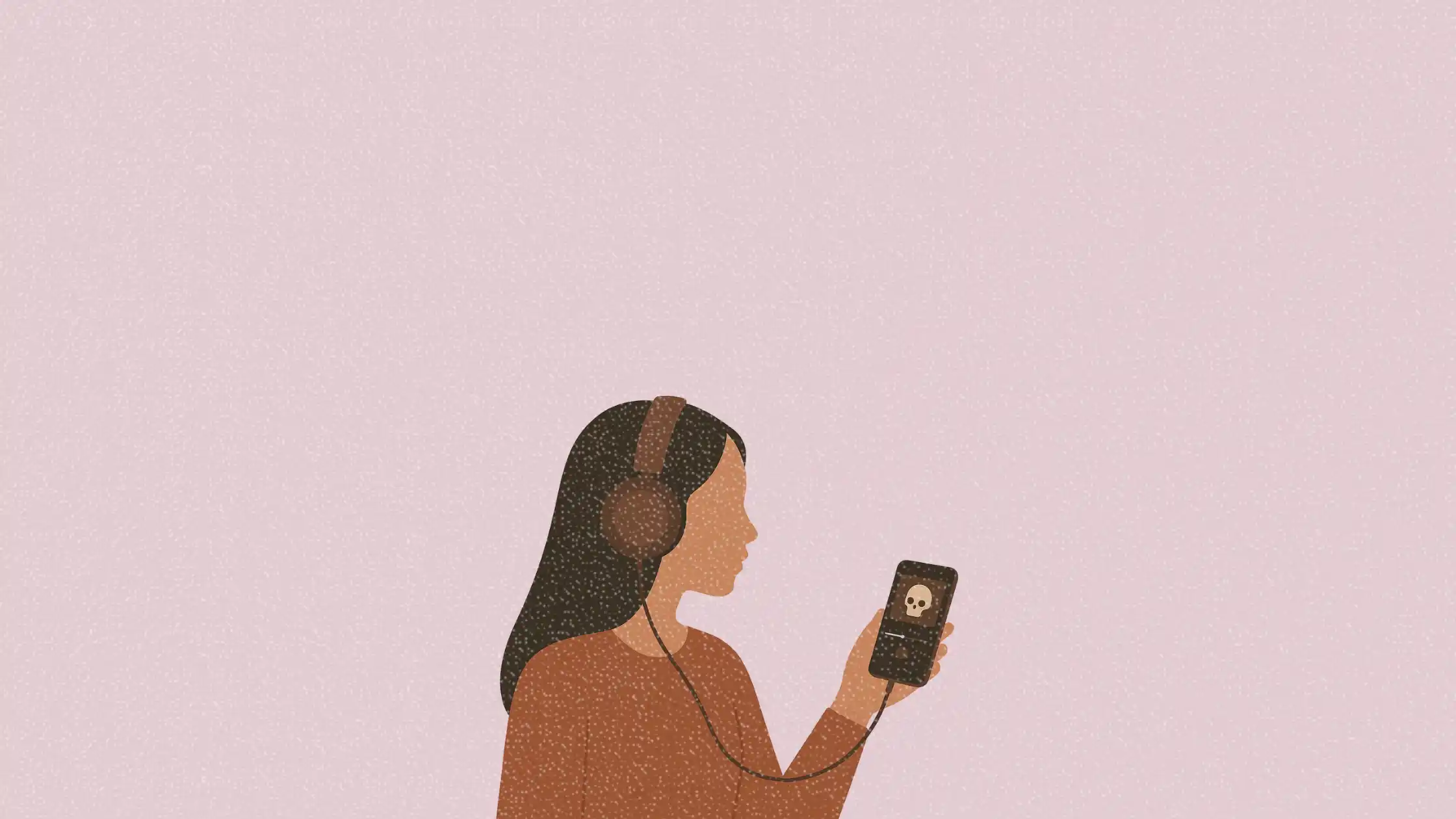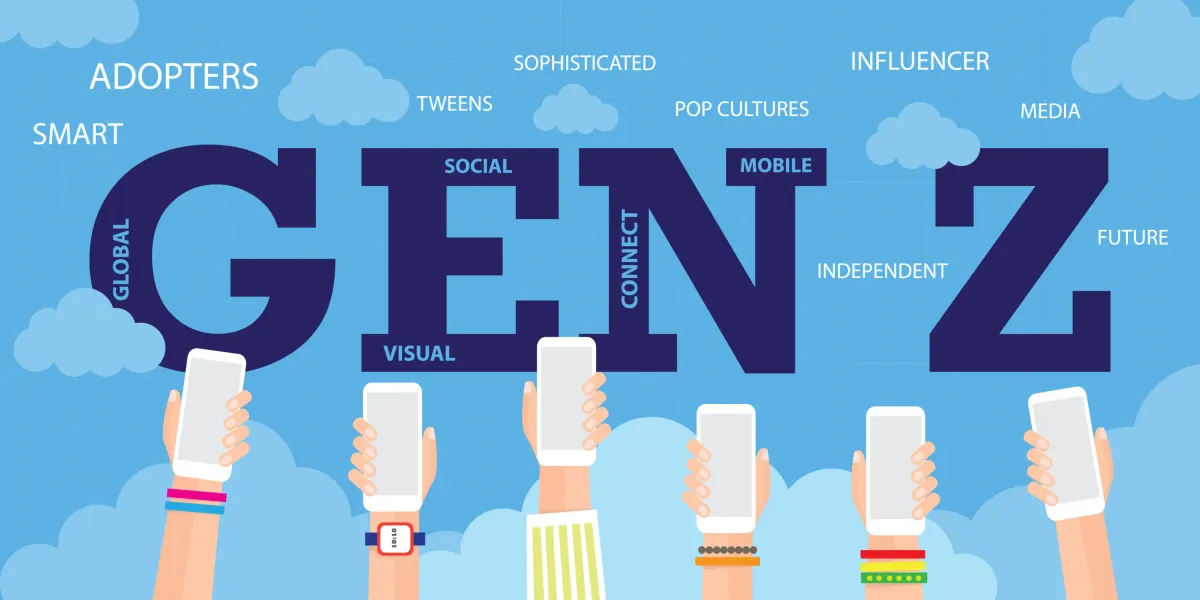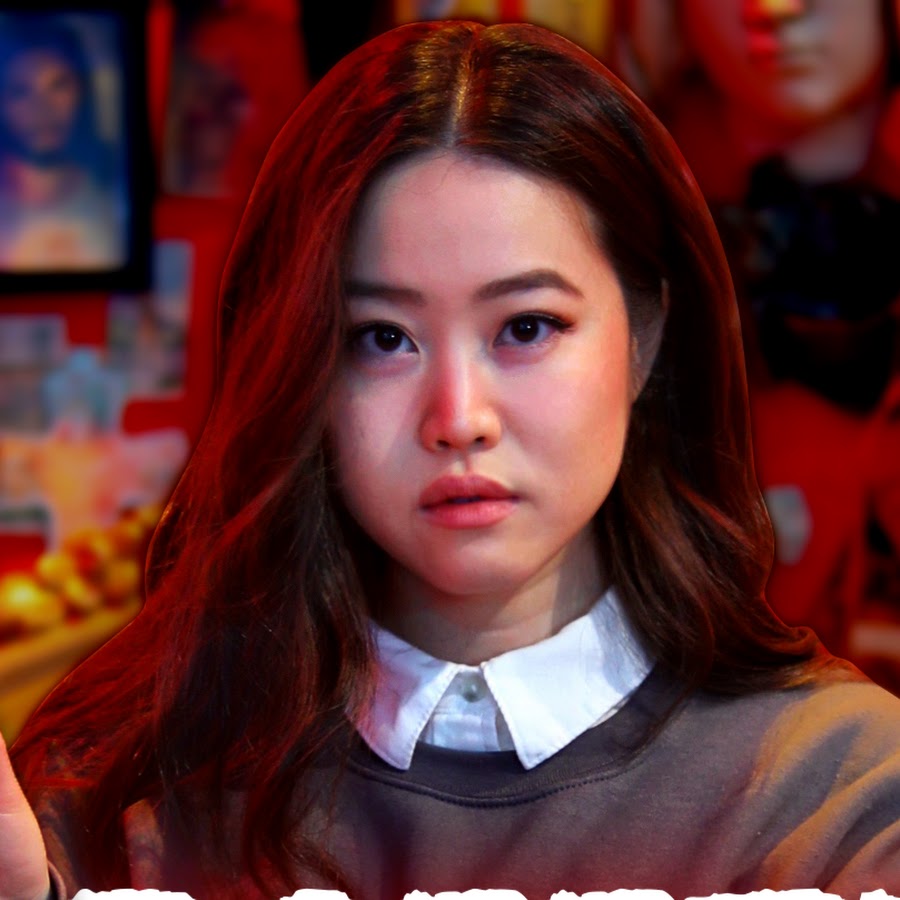
Everyone wants a piece of Gen Z. From platforms chasing short-form engagement to brands rethinking tone, speed, and authenticity, this demographic is rewriting the playbook for media consumption. Few creators have cracked the code quite like Stephanie Soo.
I’m an avid listener of her stories myself. Her way of storytelling is disarmingly effective, thoughtful, clear, and emotionally gripping. Whether she’s recounting a high-profile crime or internet drama, there’s something about her delivery that keeps you locked in.
This article unpacks how Soo has become one of the most trusted digital voices among Gen Z. Her success offers marketers a valuable case study in multi-platform storytelling, ethical positioning, and content format innovation. From mukbangs to murder mysteries, Soo’s strategy is anything but one-dimensional.
Short on time?
Here’s a table of contents for quick access:
- The rise of Stephanie Soo
- How she blends true crime with creator culture
- Why Gen Z relates to her storytelling
- What marketers can take from her approach

The rise of Stephanie Soo
Stephanie Soo launched her YouTube career in 2017, originally leaning into ASMR and mukbang-style videos. Over time, she evolved her content into long-form storytelling, eventually launching the now top-ranked podcast Rotten Mango.

Today, she reaches millions monthly across podcast platforms, YouTube, and social media. Her audience is overwhelmingly Gen Z, largely female, and more likely to be AAPI and students compared to the general US population.
Her storytelling has earned her trust, attention, and influence with an audience that does not give those things easily.
How she blends true crime with creator culture
Soo’s podcast, Rotten Mango, stands out in a saturated true crime category because it avoids the typical sensational tone. She brings empathy, context, and sometimes unexpected levity. Her delivery style makes dark topics more approachable without trivializing them.
Whether she’s covering pop culture scandals, unresolved mysteries, or internet drama, she takes a narrative-first approach that feels closer to YouTube storytelling than traditional journalism.
One fan summarized it well: her “cutsey moments” soften the harshness of the material, making it digestible without losing depth.
Why Gen Z relates to her storytelling
Soo’s success comes from how she distributes content as much as what she creates.
Instead of treating podcasts as audio-only channels, she offers video versions with case visuals, Reddit threads, and social commentary. That’s a smart move given that Gen Z podcast fans are 27% more likely to consume video content than average. They want context, interaction, and visuals, even in podcasting.
To date, according to SiriusXM Media’s internal data, Soo has built:
- 3 million monthly podcast downloads in the US
- 14 million global YouTube views each month
- 9.8 million social media followers
This omnichannel dominance is exactly how younger audiences expect content to work. They tune in while multitasking, watching, listening, and reacting in real time across multiple platforms.
What marketers can learn from her approach
Here are four marketing lessons from Soo’s success:
1. Think in formats, not platforms
Gen Z doesn’t distinguish between podcast, YouTube, or social. They expect stories to be available in every format. Soo’s success shows how content can be repurposed and tailored for each channel without losing narrative integrity.
2. Connection beats production value
Soo’s tone is intimate, personal, and occasionally unpolished. That works in her favor. Gen Z values authenticity more than perfect visuals. Brands should focus on emotional tone and point of view, not just polished content.
3. Social good isn’t optional
Rotten Mango donates a portion of each episode’s revenue to charities like Joyful Heart Foundation and Sanctuary for Families. This matters to Gen Z, with 85 percent saying they expect influencers to make the world a better place. Brands looking to partner with creators should align with those values.
4. Podcasts are multi-channel experiences
Soo doesn’t treat podcasting as a stand-alone product. Every episode becomes an asset that lives on multiple channels. This is a lesson for marketers still siloing their podcast investments. A good story should flow across formats and drive audience engagement in more than one place.
Stephanie Soo’s rise is more than a case study in creator success. It’s a model for how to build trust, reach, and resonance with Gen Z. Brands that want to stay relevant should take note of how she blends empathy with edge and strategy with storytelling.
The takeaway is simple. To reach Gen Z, think like a creator, distribute like a media brand, and lead with values.




Leave a Reply